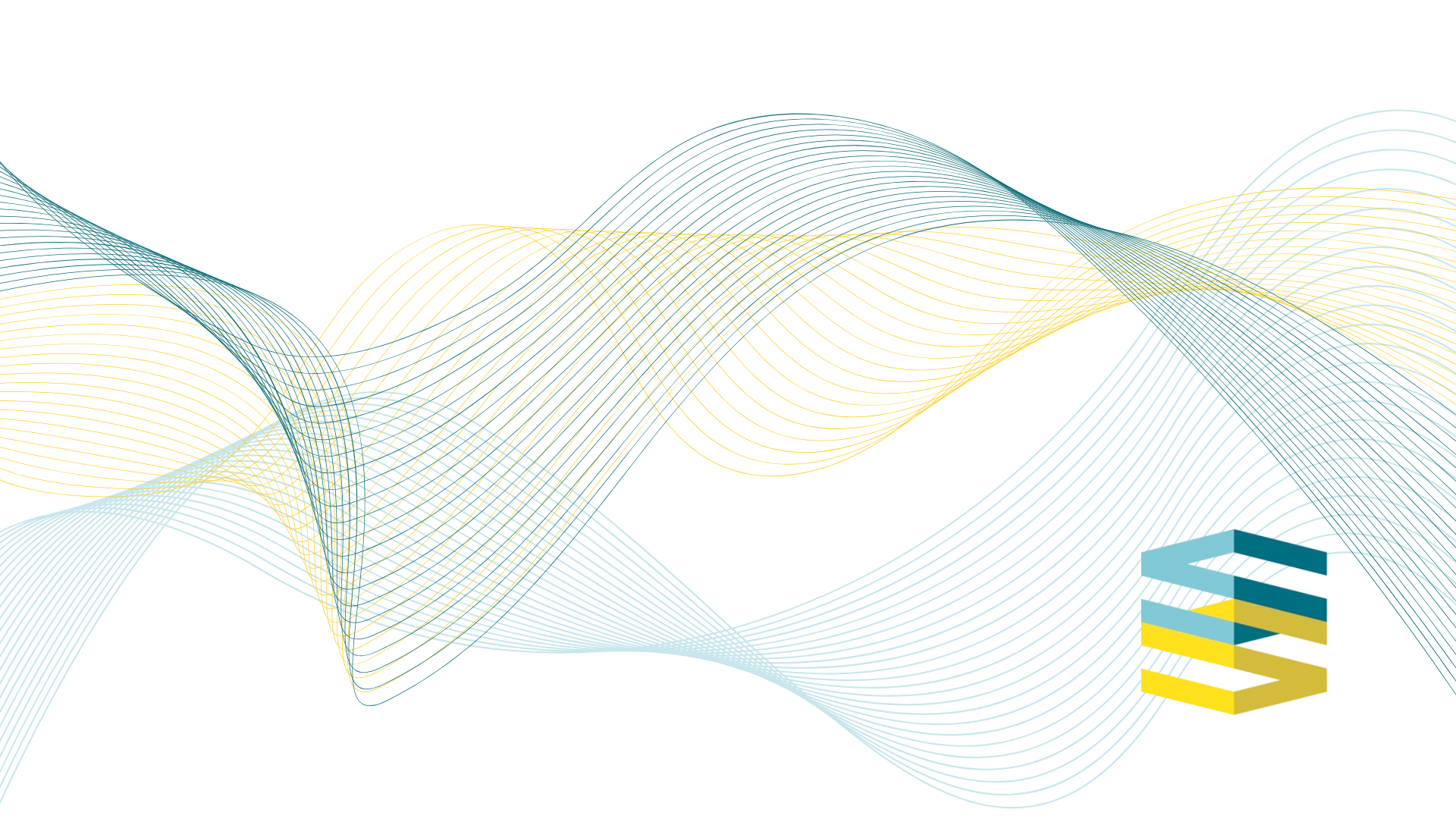Last Thursday, in the midst of the intense debate about the future of ObamaCare, Congress held yet another hearing extoling the virtues of telehealth and remote patient monitoring, and lamenting the barriers in Medicare that are preventing seniors from accessing these new technologies in the same way as patients in the commercial market.
The hearing in the House Small Business Committee followed a typical pattern of hearings on telehealth. It began with witnesses outlining the litany of evidence of how telehealth and remote monitoring are supporting patients with chronic disease like diabetes, COPD and CHF, as well as patients who can’t access primary care or behavioral health services because of distance or workforce shortages.
Testimony always includes evidence of improved access, quality and reduced costs. At Thursday’s hearing, Michael Adcock, administrator of the Center for Telehealth at the University of Mississippi, testified about a remote patient monitoring pilot for patients with diabetes that resulted in a “marked decrease in blood glucose, early recognition of diabetes-related eye disease, reduced travel to see specialists and no diabetes-related hospitalizations or emergency room visits among our patients.”
The program demonstrated savings of over $300,000 in the first 100 patients over six months. The Mississippi Division of Medicaid extrapolated this data to show potential savings of over $180 million per year if 20 percent of the diabetics on Mississippi Medicaid participated in this program.
What more could we want? We are locked in a national debate about coverage, but the underlying issue is cost. Telehealth and remote patient monitoring have proven through the Veterans Administration, the commercial sector and health systems that these tools can save money, improve quality and access, and there are plenty of peer-reviewed studies that show it.
Last Thursday’s hearing also hosted Nicole Clowers, the managing director of the Health Care team at the General Accounting Office (GAO). She detailed a GAO report in which they determined that only 0.2 percent of Medicare Part B fee-for-service beneficiaries accessed services using telehealth in 2014. Not two percent — but 0.2 percent. That compares with more than 90 percent of large employers in the commercial market offering telehealth.
There is something that Congress can do to finally facilitate more telehealth and remote monitoring in Medicare. First, they can make telehealth and remote monitoring part of the basic benefit in Medicare Advantage (MA). MA plans are already trying to offer these tools to their beneficiaries, but the administrative burden of a supplemental benefit creates barriers. By simply allowing plans to offer them as part of the basic package, we would facilitate access for 18 million Medicare beneficiaries.
On the fee-for-service side of Medicare, Congress can grant the Secretary of Health and Human Services authority to waive telehealth restrictions if the Actuary of the Center for Medicare and Medicaid Services (CMS) determines that allowing particular codes in Medicare Part B to be offered through telehealth will decrease costs and maintain quality, or increase quality while maintaining costs.
This solution is far from simply lifting all telehealth restrictions, as stakeholders from the patient, doctor, hospital and health plan communities would like. It is instead, a painstaking process of code-by-code review of evidence related to cost savings that will ensure the Medicare budget is protected (for those who believe that telehealth would somehow cost Medicare money rather than save it). Rep. Bill Johnson (R-Ohio) and Rep. Doris Matsui (D-Calif.) introduced a bill Thursday that will do just that.
On remote monitoring, we already have codes that allow for the collection and interpretation of physiologic data, such as remote ECG, blood pressure and glucose monitoring, but it’s bundled with other codes, which means it can’t be billed separately. Congress or CMS could unbundle this code and open remote monitoring in the Medicare program.
This is an ideal time to take action on telehealth and remote monitoring in Medicare.
It is a bipartisan issue with support from members as diverse as Sens. Roger Wicker (R-Miss.), John Thune (R-S.D.) and Thad Cochran (R-Miss.) to Brian Schatz (D-Hawaii), Ben Cardin (D-M.D.), Mark Warner (D-Va.).
In the House, Reps. Diane Black (R-Tenn.), Greg Harper (R-Miss.), Peter Welch (D-Vt.), Bill Johnson (R-Ohio), Mike Thompson (D-Calif.) and Doris Matsui (D-Calif.) are all working together.
If Republicans from Mississippi and Tennessee and Democrats from Vermont and California can come together — surely we can get this done.
Krista Drobac is the executive director of the Alliance for Connected Care, an advocacy organization dedicated to achieving the promise of connected care in Medicare.
Link to op-ed: http://thehill.com/blogs/pundits-blog/healthcare/344177-we-can-all-agree-telemedicine-is-the-future



